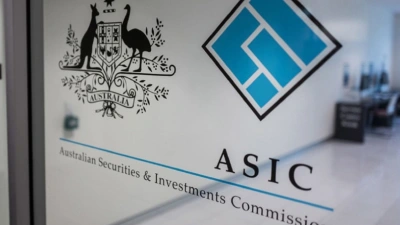AUSTRAC announces AML/CMF strategies
AUSTRAC has released a suite of strategies detailing how the regulator will direct its anti-money laundering and counter-terrorism financing (AML/CMF) efforts in the areas of intelligence, supervision and enforcement.
Providing explicit strategies will provide the industry with insights into the current priorities, focus and activities across the agency, according to AUSTRAC chief executive John Schmidt.
AUSTRAC will focus on assessing compliance behaviour across industries and identifying specific entities whose behaviours differ from industry standards, he said.
“One of our supervision priorities will be transaction reporting with a focus on under-reporting, non-reporting and the quality of transaction reports,” Schmidt said.
“We will also focus on providing guidance, education and training to less resourced entities, and will continue to assess AML/CTF programs and compliance.”
Intelligence work would focus on analysing financial intelligence that supports Government priorities such as national security, organised crime and terrorism.
Enforcement strategy details how AUSTRAC’s approach to enforcement aims to achieve compliance at individual entity and industry level.
“We will take into account the nature of the non-compliance, the money laundering or terrorism financing risk associated with the reporting entity, the entity’s willingness to comply and the likely result and deterrent effect of any enforcement action,” Schmidt said.
Recommended for you
ASIC commissioner Alan Kirkland has detailed the regulator’s intentions to conduct surveillance on licensees and advisers who are recommending managed accounts, noting a review is “warranted and timely” given the sector’s growth.
AMP and HUB24 have shared the areas where they are seeking future adviser growth, with HUB24 targeting adding more than 2,000 advisers to the platform.
Bravura Solutions has appointed a new chair and deputy chair to take over from departing Matthew Quinn, while Shezad Okhai picks up another responsibility.
Two advisers say M&A is becoming a “contact sport” as competition heats up to acquire attractive advice firms, while a lack of new entrants creates roadblocks in organic growth opportunities.










